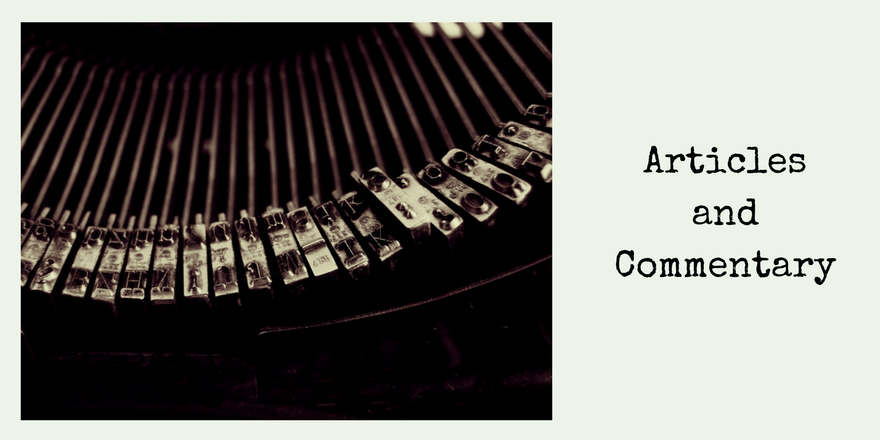October 4, 2004
Settlement and Revolution in the New World
American Military University
HS 101, United States History to 1877
by James Landrith
Settlement and Revolution in the New World
American Military University
HS 101, United States History to 1877
by James Landrith
The colonization of the New World, rather than being a well-planned, highly organized endeavor by England, was actually a combination of settlements of refugees and commercial operations. Freedom from religious and political persecution and a desire to create their own societies drove many of those who settled North America to make the dangerous journey across the Atlantic Ocean. By contrast, the quest for profit and glory also contributed to the settlement of many parts of the East Coast.
The first English settlement in America was established in 1607 in Jamestown, in what would eventually be known as Virginia (25). This settlement was founded by the Virginia Company of London, which set out to create a short-term quick profit venture in the New World. The Virginia Company was primarily interested in commerce, not in creating a thriving, long-term colony (28). The settlers had an urgent imperative to quickly turn a profit in order to keep the Virginia Company’s stockholders interested and financially supportive (28).
The rugged self reliance of the settlers was counterbalanced by an agreement with England that the colonists would enjoy all rights and privileges of English citizenship. The fortunes of the Jamestown settlers, and eventually the rest of Virginia would eventually be ensured by the farming and trade of tobacco (32). Further complicating matters were battles between local Indian tribes and colonists. These bloody battles cost many lives and left many Indian tribes in ruin. Eventually, intermarriage between colonists and Indians and trade between the two societies helped Jamestown to grow and prosper (32). The founding of the House of Burgesses in 1619, in tandem with the introduction of African slaves in the same year, played a major role in shaping the nature of colonial Virginia and American politics (33).
Over the next hundred years, English settlers further populated the Southeastern United States by moving into Maryland, North and South Carolina, and Georgia. The major source of revenue for these colonies was farming. Large plantations, farms and slave labor were a common ingredient of the local economies. The Southern colonies revolved largely around commerce, commerce and more commerce. With the exception of Maryland, none of the Southern colonies were founded for the purposes of establishing a religious haven (34). However, Maryland was not solely meant to be a religious haven, but a commercial and religious venture. Unlike their neighbors to the North, religion was an important part of Southern society, but not the driving force of their sense of community (39).
The Northern colonies were founded, beginning in 1620 with the arrival of Puritan separatists, known as Pilgrims, at Plymouth Bay, looking for a place where they could forge a society based solely on their belief systems. As much as they fled persecution from an oppressive English monarchy, the Pilgrims were also interested in establishing their own communities, with the ability to impose their rigid belief system on the members of their society (44). In short, they sought the freedom to engage in curtailment of freedoms in accordance with their faith.
Following the founding of Plymouth, the Massachusetts Bay Colony was formed in 1629 to allow England’s remaining Puritans the means to escape the negative attentions of Charles I (46). Compared to the one hundred settlers who traveled on the Mayflower, the Massachusetts Bay Company’s one thousand settlers allowed the enterprise a better cushion and base with which to begin its operations (46). Eventually the Massachusetts Bay Colony and Plymouth merged (46).
The Massachusetts Bay Colony was not simply a refuge for religious refugees, but also a source of oppression for another class of religious refugees. Specifically, the Quakers were persecuted by Puritans for not adhering to Puritanical doctrines and social mores (48). Further complicating the matter was Roger Williams, a Baptist minister, who fled Puritan persecution to found his own community in Rhode Island (49). Over the next two decades, the Massachusetts Bay Colony expanded its reach further into New England to include Maine, Connecticut, Rhode Island, and New York. Like their neighbors to the South, the Puritans clashed with the local Indian tribes, but eventually made peace and conducted trade.
Another group of religious refugees, the Quakers, came to the New World in 1681 (61). The new Quaker community, founded by William Penn, began to take shape in what would eventually be known as Pennsylvania. Unlike their Puritan neighbors and the Southern businessmen, the Quakers had an excellent relationship with local Indian tribes (61).
Over the last century, there has been significant disagreement in academic circles as to the cause and necessity of the American Revolution (140). The American colonies’ neighbor to the North, Canada, was able to eventually secure its independence without open war. By contrast, the American colonies endured a series of assaults, indignities and punitive taxation and a general campaign of harassment by the crown (139). The economic and demoralizing impact of these negative actions by England proved to be too much to ignore. When combined with a colonial leadership, well versed in a rich philosophical basis in liberty, the end result was rebellion. Like a bully that doesn’t know when to stop, the crown kept provoking the colonists through one indignity after another, until open war and succession were the end result. While the colonies may have eventually secured their independence without open war, it is unlikely the people would have stood for much more abuse and mistreatment from England. The conduct of the government, combined with the philosophical bent of colonial leaders signaled the end of the British Empire in the New World (145).
Kennedy, David M., Lizabeth Cohen, Thomas A. Bailey. The American Pageant. Boston: Houghton Mifflin. 2002.
{mos_sb_discuss:2}

